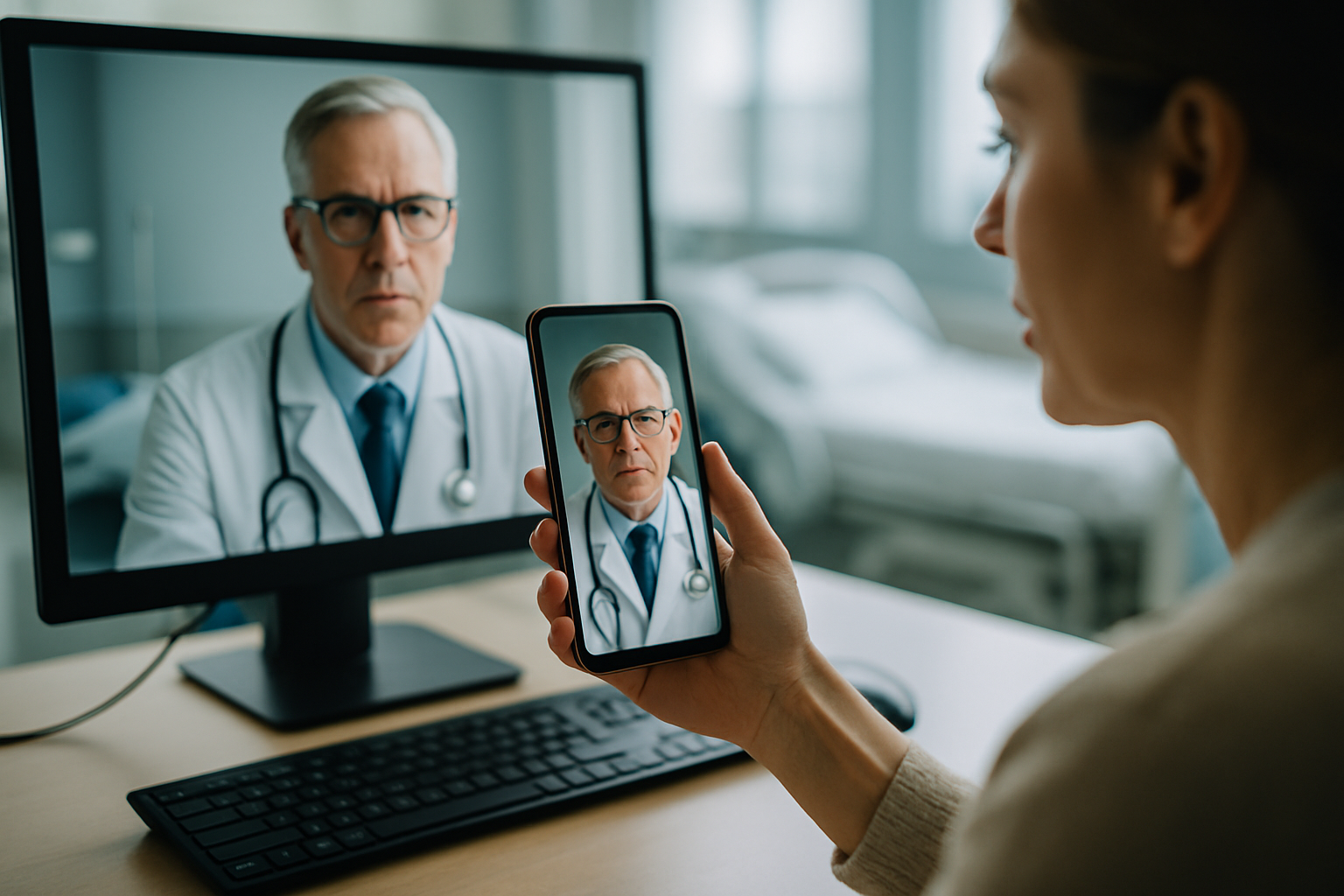Revolutionising Telehealth: The Emergence of Haptic Feedback in Remote Medical Care
The intersection of telecommunications and healthcare is ushering in a new era of remote medical care. As virtual consultations become increasingly prevalent, innovators are exploring ways to bridge the physical gap between patients and healthcare providers. One groundbreaking technology at the forefront of this revolution is haptic feedback in telehealth applications.

Understanding Haptic Feedback
Haptic feedback technology simulates the sense of touch through forces, vibrations, or motions. While it has been widely used in gaming and virtual reality, its application in healthcare presents exciting possibilities. By enabling healthcare providers to ‘feel’ patients remotely, haptic feedback could dramatically enhance the quality of telehealth consultations.
Haptic Gloves: A Game-Changer for Remote Examinations
One of the most promising applications of haptic technology in telehealth is the development of haptic gloves. These sophisticated devices allow doctors to perform virtual physical examinations with a level of tactile feedback previously impossible in remote settings. The gloves use a combination of sensors, actuators, and advanced algorithms to transmit touch sensations bidirectionally.
Real-World Applications and Case Studies
Early trials of haptic technology in telehealth have shown promising results. In a pilot study conducted by a leading university hospital, doctors were able to accurately detect simulated tumours and assess tissue elasticity using haptic gloves. This technology has particularly significant implications for remote areas with limited access to specialist care.
Challenges and Limitations
Despite its potential, the implementation of haptic feedback in telehealth faces several hurdles. The cost of developing and distributing haptic devices remains high, potentially limiting widespread adoption. Additionally, ensuring the accuracy and reliability of tactile feedback across varying network conditions poses technical challenges that researchers are actively addressing.
Regulatory Landscape and Patient Privacy
As with any emerging healthcare technology, haptic feedback in telehealth must navigate complex regulatory frameworks. Ensuring patient privacy and data security in the transmission of tactile information is paramount. Regulatory bodies are working to establish guidelines that balance innovation with patient protection.
The Future of Haptic Telehealth
The potential applications of haptic feedback in telehealth extend beyond basic examinations. Researchers are exploring its use in remote surgery training, rehabilitation therapies, and even mental health treatments. As the technology matures, we may see a convergence with other emerging technologies like augmented reality, further blurring the lines between physical and virtual healthcare interactions.
Conclusion
Haptic feedback technology represents a significant leap forward in the capabilities of telehealth. By adding the crucial element of touch to remote consultations, it has the potential to revolutionise healthcare delivery, particularly in underserved areas. As research progresses and technologies improve, we can expect haptic feedback to play an increasingly important role in the future of remote medical care, bringing us closer to truly comprehensive virtual healthcare experiences.




